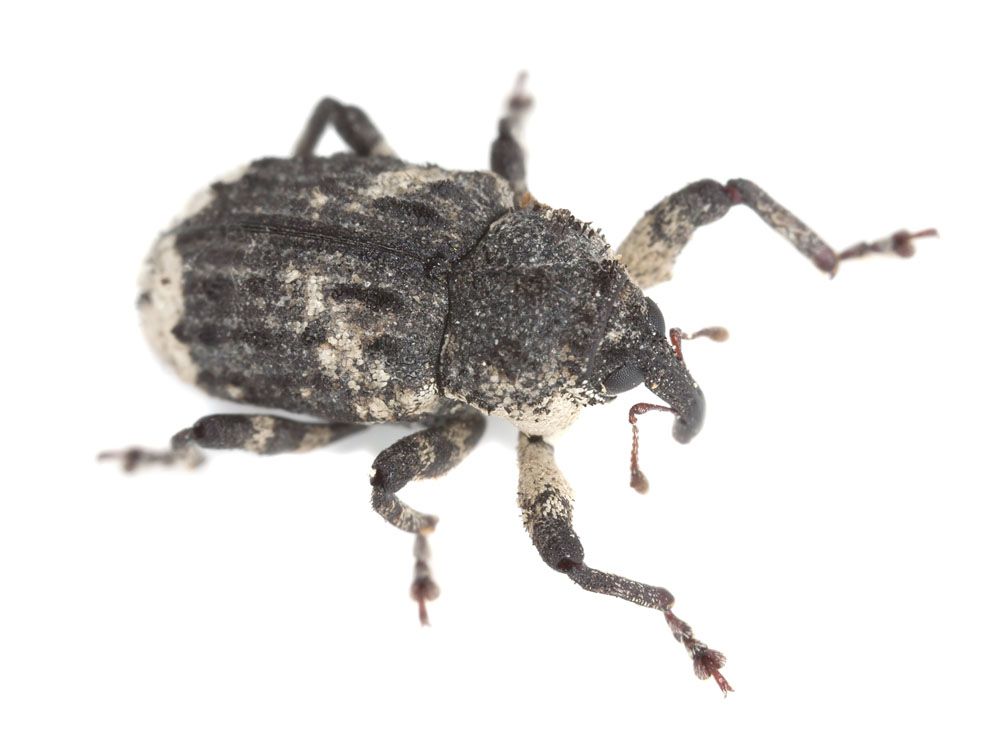
Poplar and Willow Borer – Cryptorhynchus lapathe
Poplar and Willow Borer (Cryptorhynchus lapathe)
Latin Name: Cryptorhynchus lapathe
Common Name: Poplar and Willow Borer
Appearance:
- Male and female adults are rough-surfaced, snout-nosed beetles 8 to 10 mm long. Except for the back third of their stiffened wings (elytra), which are originally gray-pink but eventually turn light brown, they are mainly black. Before mating, adults consume a large number of young succulent shoots.
- Females develop little punctures in the shoots and deposit a single egg (possibly as many as three) in each puncture over the summer.
- The larvae eat once the eggs hatch by mining the bark and then moving into the wood.
- Larvae are creamy-white, C-shaped grubs and have a full-grown length of 13 mm.
